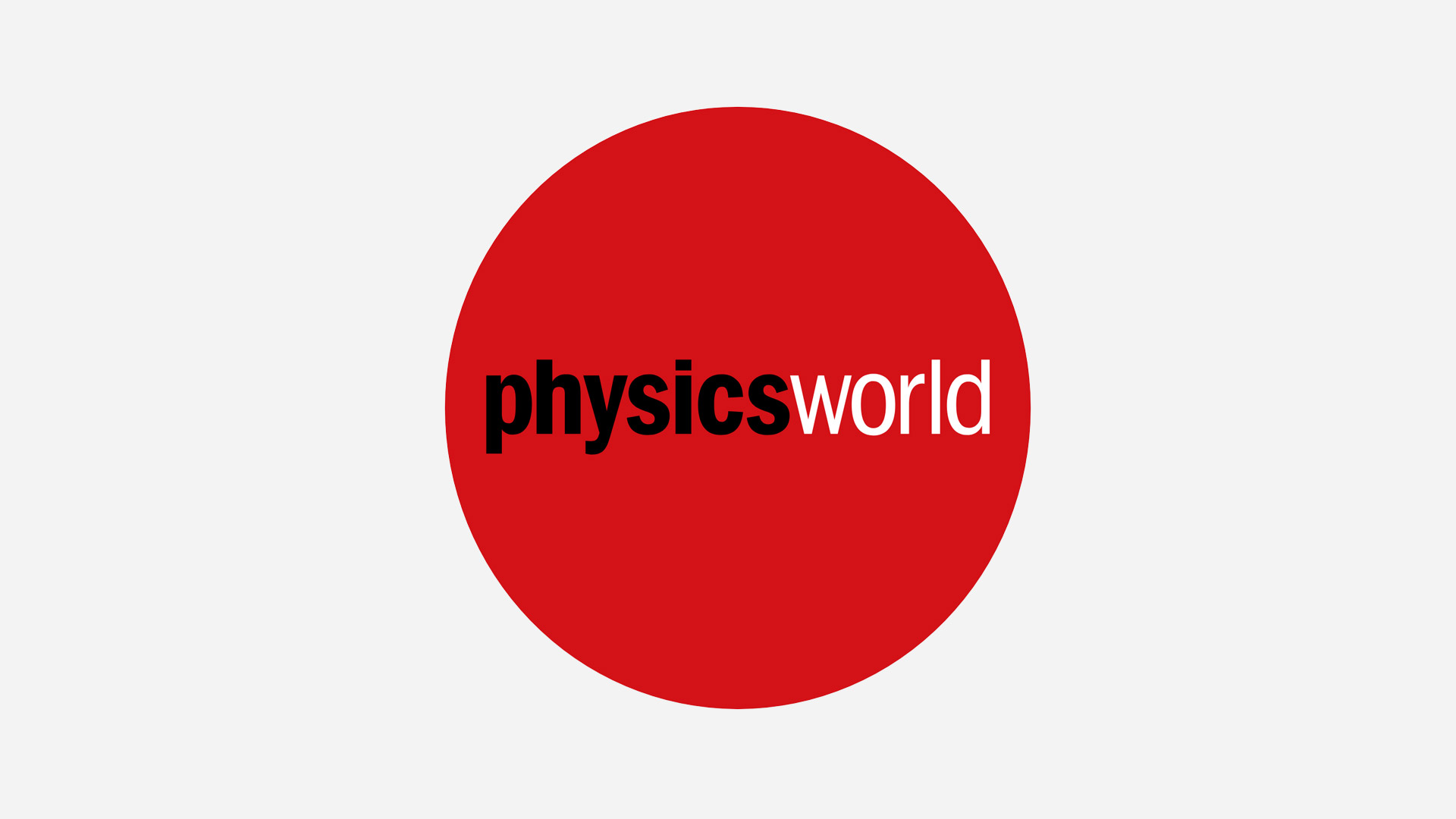Author
Array
(
[0] => linkedin
[1] => facebook
[2] => twitter
[3] => google-plus
[4] => youtube
)
Array
(
[0] => linkedin
[1] => facebook
[2] => twitter
[3] => google-plus
[4] => youtube
)
Array
(
[0] => linkedin
[1] => facebook
[2] => twitter
[3] => google-plus
[4] => youtube
)
Array
(
[0] => linkedin
[1] => facebook
[2] => twitter
[3] => google-plus
[4] => youtube
)
Array
(
[0] => linkedin
[1] => facebook
[2] => twitter
[3] => google-plus
[4] => youtube
)
No Author
Author archive

In the past similar approaches have been used to crack encryption codes or calculate the largest prime number, but this is the first time such a scheme has been used for analysing raw scientific data. The system works by fooling the computer into running a screen-saver package called SETI@home every time the machine is idle. […]

Sonoluminescence occurs because sound waves cause a bubble to expand and then collapse in a liquid. The bubble first expands to almost 10 times its original dimensions, and then collapses at supersonic velocities to a minimum diameter that depends on atomic forces in the bubble. At this point the implosion produces a flash of light […]

The report suggests that governments should move more university researchers onto short-term contracts to encourage mobility between academia and industry. It also recommends that scientists should rely on specific research grants rather than general research funding provided by institutions. Such a system already operates in the UK, US and Australia and has been very successful […]

Shepard was born in East Derry, New Hampshire, on November 18, 1923, and received a Bachelor of Science degree from the US Naval Academy in 1944. Before joining NASA, he flew as a Navy pilot. Shepard features in one of the most memorable images from the US space programme – he was the first golfer […]

When a star explodes as a supernova, the remnants of the explosion can fall inwards to form a neutron star or a black hole. Neutron stars are easy to detect because they emit powerful radio waves. Black holes, on the other hand, are difficult to detect because they do not emit any radiation. They can […]

Andrew Belmonte of the University of Pittsburgh, and Hagai Eisenberg and Elisha Moses of the Weizmann Institute of Science in Israel dropped thin strips of plastic, brass and steel in various liquids and filmed their motion with a high-speed video camera. The liquids used by the team included water, petroleum ether and a 40:60 mixture […]

Satellites have been used to provide email access in isolated regions of the world for at least eight years. Until now, however, all such systems have relied on bulky equipment costing tens of thousands of pounds, or on commercial satellites with high usage fees. For example, the British Antarctic Survey uses IMARSAT-B, a commercial satellite, […]

The government is to give the UK’s research councils an extra £400 million for new projects and £300 million to improve the infrastructure in Britain’s universities. The Wellcome Trust, a medical research charity, is provide a further £300 million for universities. The trust will also contribute £100 million towards the construction of a third-generation synchrotron […]

Greaves and colleagues used the SCUBA instrument on the James Clerk Maxwell Telescope in Hawaii to look at the dust around Epsilon Eridani. SCUBA operates at submillimetre wavelengths, where the glare from the central star is weak. The same instrument detected dust around three nearby stars in April. “If an astronomer could have measured what […]

The brilliant colours in a butterfly’s wings, for example, are not produced by pigments alone. Instead a diffraction grating – a series of microscopic grooves on the surface of the wing – creates the vivid colours. Michael Gale of CSEM Zurich, Switzerland, is investigating how to produce similar structures on credit cards and bank notes […]
Copyright © 2025 by IOP Publishing Ltd and individual contributors
